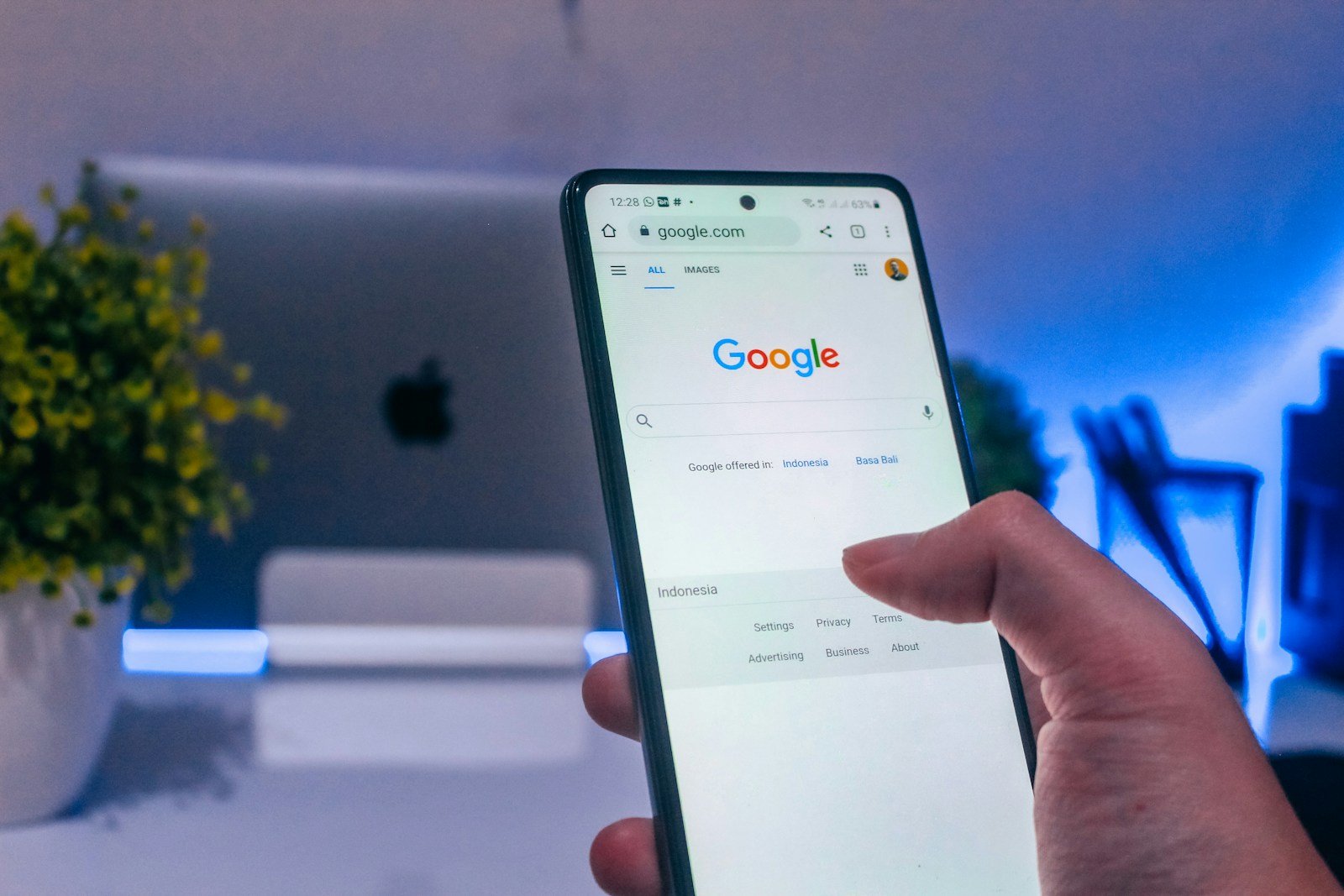When people want to find something online, they type words into a search engine like Google. These words are called keywords. For a long time, the main goal of SEO was to find the perfect keyword and use it many times on a webpage. People thought that if they used the exact phrase “best running shoes” again and again, Google would understand the page was about running shoes.
But search engines have become much smarter. They are no longer simple machines that just count words. Today, they try to understand the meaning behind the words. They want to know the topic of your page and how well it answers a person’s question. This is where two powerful ideas come in: n-gram SEO and co-occurrence analysis. These ideas help you show Google that your content is truly relevant and helpful.
At Mavit Digital, we use these advanced methods to help businesses improve their search rankings. In this article, we will explain what n-grams and co-occurrence analysis are in very simple terms. We will also show how they connect to important SEO ideas like keyword proximity and semantic relevance. By the end, you will see how this smarter approach can make your website much stronger.
Also Read: How a Strong SEO Strategy Can Save You Money on Ads
What is an N-Gram in SEO?
Let’s start with the basics. The “n” in n-gram SEO stands for a number. An n-gram is simply a sequence of n words found next to each other in a phrase.
Think of it like building blocks of language. Imagine the sentence: “The fluffy cat sleeps.”
- A 1-gram (or unigram) is a single word: [“The”], [“fluffy”], [“cat”], [“sleeps”].
- A 2-gram (or bigram) is a two-word phrase: [“The fluffy”], [“fluffy cat”], [“cat sleeps”].
- A 3-gram (or trigram) is a three-word phrase: [“The fluffy cat”], [“fluffy cat sleeps”].
Why does this matter for SEO? When you focus only on one main keyword, you might miss all the other important word combinations that people use. By looking at n-grams, we can understand the full picture of how language is used around a topic. It helps us see not just the main keyword, but all the little phrases that naturally come with it.
For example, if your main topic is “chocolate cake,” a good piece of content will naturally include 2-grams and 3-grams like “rich chocolate flavor,” “moist cake recipe,” or “bake a cake.” Search engines look for these natural patterns. If your page has them, it looks more natural and complete to Google’s algorithm.
Also Read: How to Rank in ‘People Also Ask’ Boxes Effectively
Understanding Co-Occurrence Analysis: Words That Belong Together
Now, let’s take this idea one step further with co-occurrence analysis. “Co-occurrence” just means “appearing together.” This analysis looks at which words frequently appear in the same articles or on the same web pages, even if they are not right next to each other.
Think of it like friends at a party. If you see two people talking together at many different parties, you start to think they are good friends. Their names are linked in your mind.
In the same way, words have “friends.” For a topic like “biking,” the words that often co-occur with it are words like “helmet,” “trail,” “bicycle,” “pedals,” “safety,” and “exercise.” You do not need to say “biking helmet” all the time. Just by talking about “biking” and “safety” in the same article, you are sending a signal to Google that your content is genuinely about the world of biking.
This is a key part of semantic relevance. Semantic relevance means how closely the meaning of your content matches the meaning of a search query. By using words that naturally co-occur with your main topic, you are proving to Google that you understand the topic deeply. You are not just repeating a keyword; you are having a sensible conversation about it.
How Keyword Proximity Fits Into the Puzzle
You might be wondering how words are placed next to each other. This is where keyword proximity comes in. Proximity means “closeness.” Keyword proximity refers to how close related keywords are to each other within your text.
In the old days of SEO, people would try to put their main keyword as close to the start of the page as possible. But with n-grams and co-occurrence, we see proximity in a new way. It is not just about one keyword. It is about creating clusters of related words that help define the topic.
For instance, if you write about “electric cars,” having words like “battery,” “charging station,” and “zero emissions” appear nearby and throughout the article makes the context very strong. The search engine sees these words grouped and thinks, “This page provides a thorough discussion about electric cars.”
When you use related words close to each other, you create a strong theme. This is much more powerful than forcing your main keyword into a sentence where it does not sound natural. At Mavit Digital, we analyze the ideal word proximity for your industry to make your content sound both natural to readers and highly relevant to search engines.
Also Read: SEO Agency Vancouver: How to Boost Your Online Presence

Putting It All Together for a Stronger Website
So, how can you use n-gram and co-occurrence analysis to improve your own website? The goal is to stop writing for robots and start writing for people, while understanding how robots interpret human language.
First, when you research a topic, do not just look for one keyword. Look at the top-ranking pages for that topic. What other words and phrases do they use? You will start to see patterns. You will see the common n-grams and the words that co-occur again and again. This gives you a blueprint for what Google considers a complete answer on that subject.
Second, write naturally. Explain your topic as if you were talking to a friend. When you do this, you will naturally use many of the 2-gram and 3-gram phrases that are common for your topic. You will also include the words that are its natural “friends.” This natural writing style automatically creates good keyword proximity and semantic relevance.
For example, if you are a plumber writing a page about “fixing a leaky faucet,” your content will naturally include phrases like:
- “turn off the water supply” (a 3-gram)
- “replace the worn washer” (a 3-gram)
- “tighten the valve” (a 2-gram)
It will also co-occur with words like “tools,” “drip,” “pipe,” “wrench,” and “prevent water damage.” By covering all these related ideas, you are building a web of meaning that search engines can easily understand and trust.
Also Read: Mississauga SEO Services: The Best SEO Strategies for Local Businesses
The Mavit Digital Approach
The world of SEO is always changing. What worked five years ago does not work as well today. The search engines of today are built on understanding concepts and relationships between words. At Mavit Digital, we stay ahead of these changes.
We use advanced tools to perform n-gram and co-occurrence analysis for your business. This allows us to create content strategies that are deeply aligned with how modern search engines work. We help you build content that is not only informative for your customers but also perfectly structured to be understood by AI. We focus on semantic relevance to ensure your pages are seen as top-quality answers to search queries.
By moving beyond simple keyword matching, you can build a website that is stronger, more natural, and more likely to rank well for the long term. It is about speaking the same language as your customers and the search engines that connect you with them.



